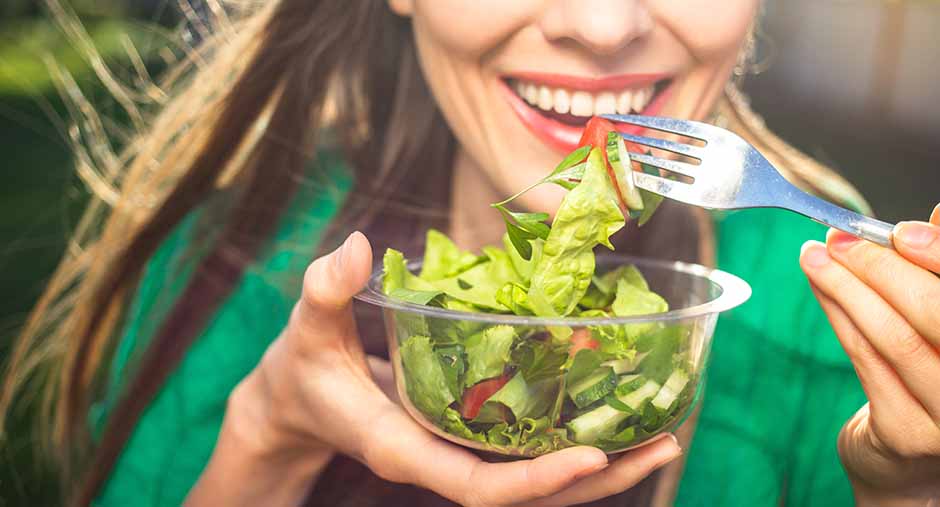People living in today’s fast, mobile, time-crunched world need food and nutrition solutions that meet the demands of their lifestyles. But with the dramatic increase in on-the-go food solutions, consumers are more concerned that their food choices are lacking in certain desirable traits like healthy ingredients, great taste and nutritional fulfillment.
People today want food choices to hearken back to “slower” times while not giving up on ease, speed or convenience of eating or preparing. The Mintel Global New Products Database (GNPD) tells us that new food and drink launches from around the globe that use “slow” in the product description grew nearly 214% between the late summer 2011 and late summer 2016.
In 2017 (and beyond), the time and effort required (or not required) by a consumer to prepare food will be a major marketing and selling point. But people will still demand the great taste, higher nutritional density, and (at times) the personalisation and intimacy of “slow” foods. For instance, the very name of the Australian brand heat-and-eat product “Herbert Adams Gourmet Slow-Cooked 6 Hours Smoky Pulled Pork Pies” places great emphasis on the care and time invested in its production process.
Consumers’ priorities about what they want in their food products vary according to time of day, time of week, context and culture. However, it is mornings when the demand for speedy food is at its peak. Mintel finds that 30% of Canadians want a breakfast that requires very little preparation, and 42% of Chinese adults aged 20 to 49 wish ready-to-eat solutions were much more available at breakfast time. Nootrobox makes gummy Go Cubes, tasty chewables made with real coffee, two of which provide the same amount of caffeine (100 mg) as one cup of coffee. Soylent in the U.S. and Huel in the U.K. make nutritionally complete drink powders (just add water and blend).
While consumers want to have a hand in at least some aspect of food preparation most other times, convenience and quickness are still priorities. In the U.S., 45% of Hispanic respondents told Mintel that preparing healthy meals themselves takes too much time. Mintel finds that adult Brazilians tend to want food choices that are easy to prepare (43%), quick to cook or make (34%), and easy and quick to clean up from after eating (18%).
35% of Spanish adults say that they prefer to take the time to prepare, cook and eat more slowly on weekends, while 45% prefer quick-and-easy food during the working week. 60% of U.K. respondents who believe that sitting down at table to eat together is a priority shared a similar view.
What we will see in 2017 and beyond are food products and service providers that can make specific claims about how they save consumers time and effort without sacrificing taste or nutritional quality. Food marketers and brands, take heed.
ReportLinker is a search engine for economic and industry statistics that turns data and PDF documents into structured knowledge.

